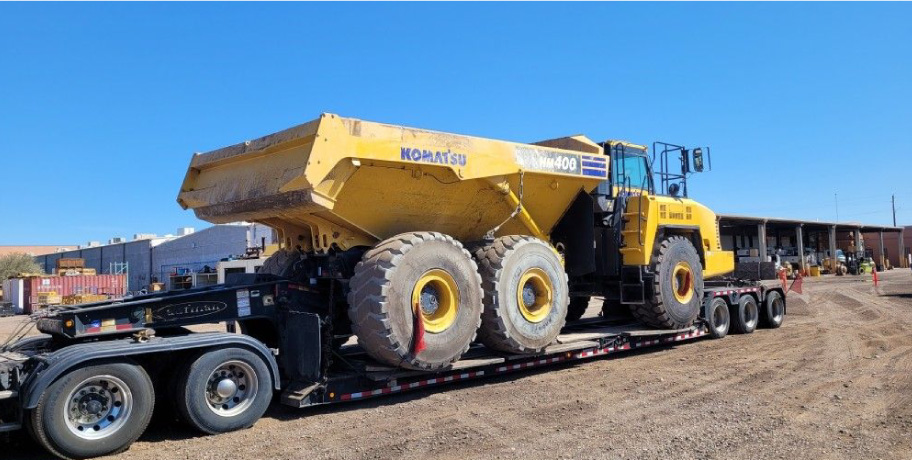Heavy Haul Freight: Who Can You Trust to Move It?
May 21, 2025
Heavy Haul Freight: Who Can You Trust to Move It?
Heavy haul shipping is complex. Oversized and overweight freight requires careful coordination, specialized equipment and deep regulatory knowledge. The difference between a successful move and a costly one often comes down to carrier selection.
Vetting heavy haul carriers isn’t just about compliance—it’s about safety, risk management and execution. Whether you’re managing these shipments in-house or working with a third-party partner.
Here are the best practices that should guide your carrier selection process.
Use Multiple Data Sources to Validate Carrier Credentials
Don’t rely on a single system to verify authority or safety history. Instead, use multiple third-party platforms to confirm that a carrier’s motor carrier (MC) number is active, their safety rating is satisfactory and their insurance is current. This redundancy ensures no detail is missed and reduces your exposure to non-compliant carriers.
Confirm Equipment and Experience for Heavy Haul
Heavy haul carriers must have more than standard freight experience. Vet for proven success with over-dimensional and overweight loads. Ask for details on:
- Trailer types used (e.g. lowboys, RGNs, stretch trailers)
- Past heavy haul moves
- Familiarity with state-level regulations
If the carrier lacks appropriate equipment or experience, the risk of delays or violations increases dramatically.
Require Cargo Insurance That Matches Load Value
Heavy haul shipments are often high in value and may exceed standard cargo insurance limits. Ensure each carrier can provide load-specific insurance coverage that aligns with the value of your freight. Confirm that the certificate is current and that deductibles and exclusions won’t impact your coverage in the event of a claim.

Verify All Permits, Escorts and Route Planning
Proper permitting is essential for heavy haul transport. Carriers must be able to:
- Secure state and municipal permits
- Arrange escorts when needed
- Complete thorough route surveys
Route planning should identify low bridges, weight-restricted roads and active construction zones. These are not optional steps—they’re critical to regulatory compliance and shipment safety.
Monitor Carrier Performance Over Time
Initial vetting is only the beginning. Regularly review carrier performance using KPIs like on-time delivery, claims frequency and communication effectiveness. Update your approved carrier list based on real-world execution, not just paperwork.
Where NTG Comes In
At NTG, we apply all these best practices—and then some. We use five third-party platforms to validate every heavy haul carrier’s MC authority, safety record and insurance status. Our carriers are proven performers with the right equipment and documented heavy haul experience. Every load is fully insured for cargo value, and we handle all the details—permits, escorts and route planning—with precision.
You’re not just trusting us with freight. You’re trusting us with peace of mind.
Let’s Talk Heavy Haul
Need help moving an oversized load? NTG has the network, the experience and the processes to move your freight safely and efficiently. Talk to a Heavy Haul Specialist at NTG.
Recent Posts

Heavy Haul Freight: Who Can You Trust to Move It?

Bonded Warehouse Value Beyond the Tariff Surge

Drayage Demand Rises as U.S.-China Tariffs Ease

